Bacteria Evolution on a MEGA Petri Plate – Michael Baym – Harvard Medical School (2016)
The Microbial Evolution and Growth Arena plate (MEGA-plate) experiment designed by Harvard Medical School researcher Michael Baym and his coworkers is an absolutely fascinating demonstration of evolution in action. They were able to visualize with a stunning didacticity (is that a word?) how bacteria evolves resistance to the antibiotic trimethoprim surprisingly fast for the Human time scale. The experiment is reminiscent of a highly simplified 2-D version of a long-term evolution experiment by Richard Lenski of the Michigan State University. […]

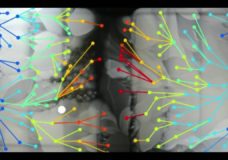
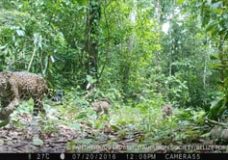
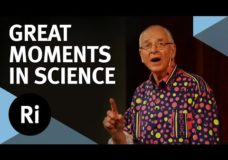

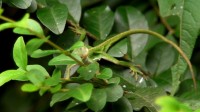

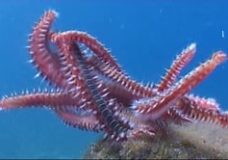
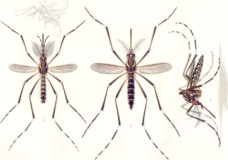
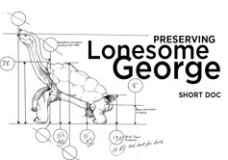

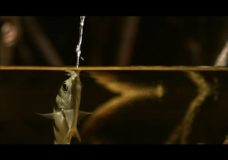
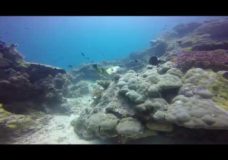
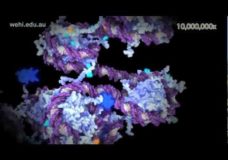

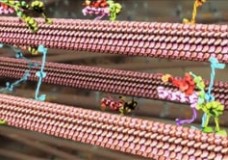

Recent Comments